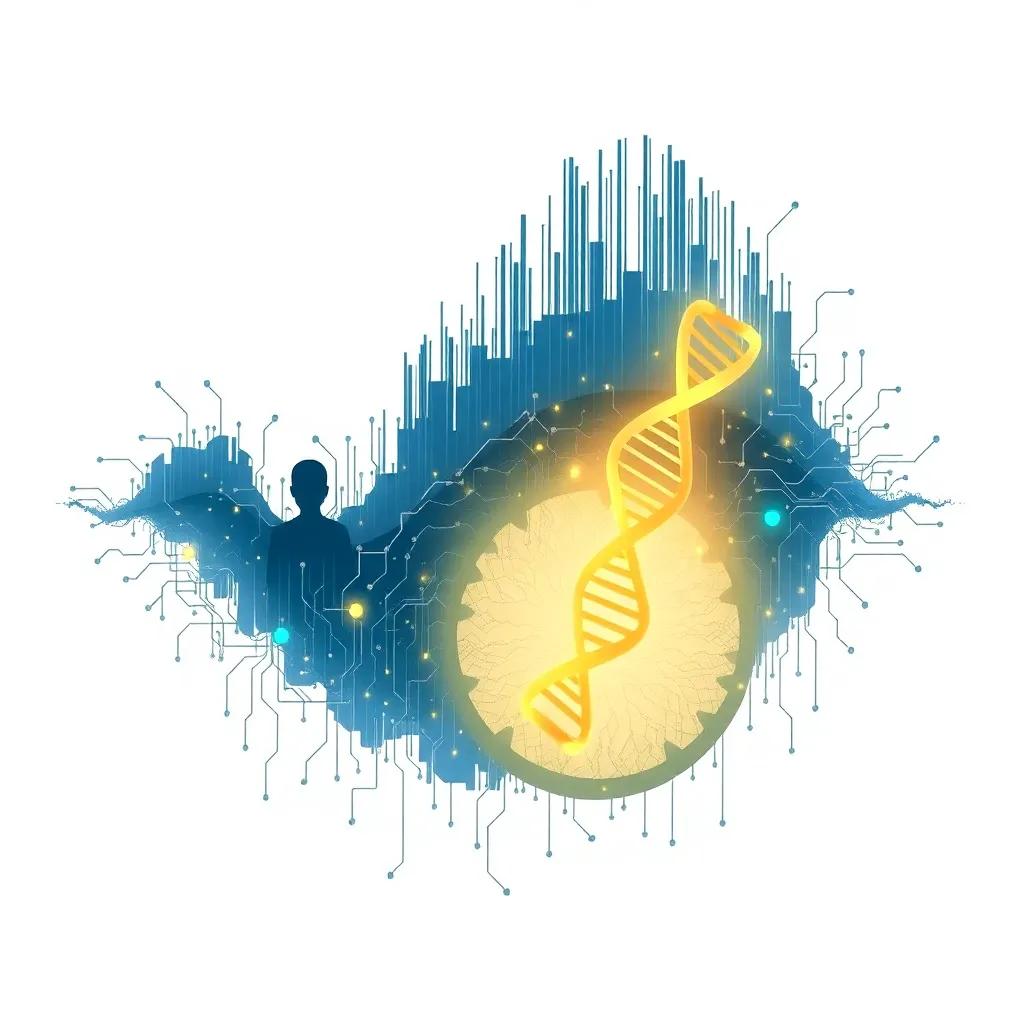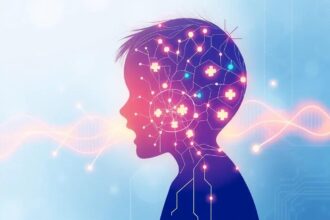A Swiss study reveals AI can detect autism in infants through cry analysis with 89% accuracy, offering earlier diagnosis but raising ethical concerns about data privacy and accessibility.
Researchers use deep learning to identify autism markers in infant cries, potentially revolutionizing early diagnosis and intervention.
Swiss Study Identifies Acoustic Biomarkers for ASD
A June 2024 study published in *Nature Digital Medicine* by the University of Geneva and ETH Zürich analyzed 1,200 infant cries using convolutional neural networks (CNNs). The AI detected distinct acoustic patterns in ASD infants, including hypervariable pitch exceeding 450 Hz and irregular harmonicity. Dr. Elisa Müller, lead researcher, stated: “These biomarkers appear 6–12 months before behavioral symptoms manifest, creating a critical window for early intervention.”
Technical Breakthroughs and Clinical Validation
The deep learning model achieved 89% accuracy in distinguishing ASD cries from typically developing infants through spectral entropy analysis. Validation at Lausanne University Hospital showed consistent results across diverse vocalization contexts. Professor Marc Fischer of ETH Zürich explained: “Our CNNs process 200+ acoustic parameters simultaneously – something impossible through human observation alone.”
Global Implementation and Ethical Challenges
While the Swiss Pediatric Network prepares to deploy this technology in 20 clinics, a June 17 *JAMA Pediatrics* editorial highlighted risks. Dr. Anita Rao (Boston Children’s Hospital) warned: “Cry-collection apps lack GDPR-level safeguards – we risk creating genetic data lakes without informed consent.” Meta’s open-source dataset release amplifies concerns about commercial exploitation of sensitive biometric data.
Historical Context: From Behavioral Observations to AI
Autism diagnosis historically relied on the M-CHAT behavioral checklist, typically administered at 18–24 months. The 2016 Harvard/MIT cry analysis study first suggested vocal differences in ASD infants but achieved only 68% accuracy. Current AI models build upon this foundation through advanced feature extraction. Dr. Lena Schmidt (WHO Autism Initiative) notes: “We’re witnessing a paradigm shift – from subjective assessments to quantifiable neurodevelopmental signatures.”
Regulatory Landscape and Future Directions
The FDA’s recent fast-tracking of a U.S.-based cry-analysis device mirrors Switzerland’s pilot program. However, the EU AI Act imposes strict transparency requirements absent in other regions. As Dr. Müller concludes: “Our next challenge is ensuring these tools don’t exacerbate healthcare disparities – rural clinics need the same access as urban research hospitals.”




